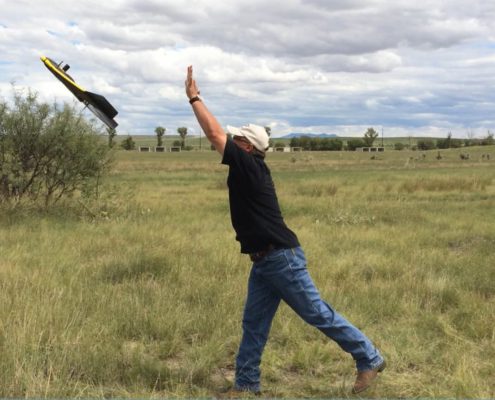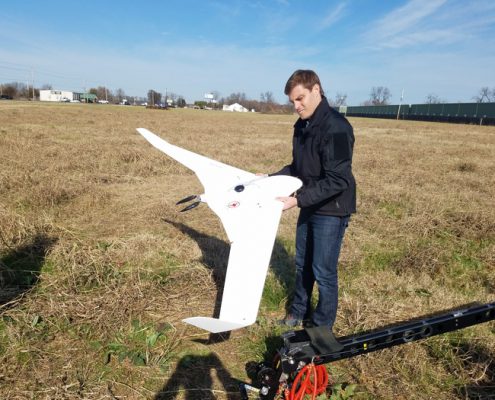Connecting Design, Engineering, and Construction: Surveys at All Stages of the Process
Surveys are used throughout all stages of the construction process, from a pre-construction survey to ongoing maintenance and repair surveys. A good survey can identify potential problems with the construction site, locating security flaws and hidden dangers. Here’s an in-depth look on how surveying can improve the effectiveness and safety of construction projects.
During the Design Stage: Before a Project Starts
Surveys excel before the project even starts. A pre-construction survey will be completed to gain a better understanding of the site that is to be developed. Surveys can detect changes in elevation that have to be addressed, as well as any existing construction that needs to be broken down. If there are trees and rocks that need to be cleared, this will be noted during this stage.
Once a 3D survey has been taken at the beginning of a project, it can be used in a 3D simulation. These simulations are used to test out designs; architects and engineers can place their construction in a 3D world and see how it will interact with the surrounding environment and weather. The more accurate these surveys are, the more accurate the project can be.
Simulating a project early on reduces the risk for costly construction reworks. When everyone involved can see exactly how the construction will look (and all elements have been accounted for), it’s less likely that the project will run into issues.
During the Construction: Keeping the Project on Time
During a project, surveys can be used to compare construction plans and models, identifying any major issues and avoiding them before they become time-consuming and costly. Surveys can check the construction site to see if there are any issues emerging, such as security issues or safety hazards. Additionally, these surveys can compare the finalized design with the current product, to make sure that major construction milestones are being met.
Drones can be fitted with both LiDAR (to scan the construction site) and sensors (to identify issues such as overheating). Photogrammetric scans can also be added for more human readable data. Once scans have been completed, construction companies can make sure that the project is shaping up as it should be. If any sensors are triggered, the drones can automatically report its GPS coordinates.
Drones are particularly useful during large scale construction projects, such as pipelines, as they can scan the area more consistently than a human surveyor. A human surveyor may take days to cover the entire construction site. A drone can perform a quick flyover, and can even connect to the sensors located on the IoT.
When these scans are taken, they can be sent directly back to those in charge of the building development. This provides complete transparency throughout the construction process and gives stakeholders the opportunity to interject if the project doesn’t seem to be going the way that they expected.
After the Construction: Maintenance and Repairs
Construction surveying and layout doesn’t end once the project is done. Once the project has been completed, a final survey can be taken to make sure that everything was built correctly. After this, regular inspections can be used to fine wear and tear. In the pipeline industry, inspections may find areas in which overgrowth could be threatening the line. In wind farms, regular inspections can identify equipment that may be close to breaking.
Performing these types of regular inspections allows a company to find, locate, and mitigate damage much faster, controlling the fidelity of the project and its potential for downtime. Regular inspections improve the safety of a construction site, and ensure that the final project is updated and repaired efficiently. The longer a site goes without needed repairs, the more expensive and extensive those repairs become.
Conclusion
Drone construction surveying and layout is one of the most cost-effective methods of controlling a construction project. Before, during, and after the project, drones can be used to make sure that the project is proceeding on a timely basis. Drones help with identifying repair and maintenance issues even when projects have been completed. From the beginning of a construction project to the end, surveys are able to yield fantastic results. Want to learn more? Contact Landpoint today.







